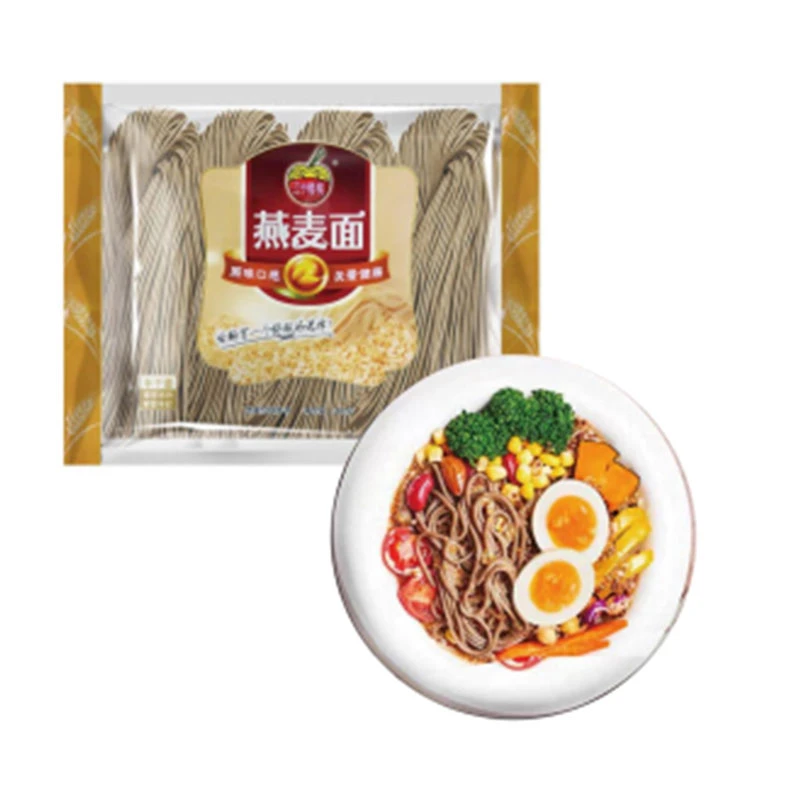soba udon noodles difference
Understanding the Differences Between Soba and Udon Noodles
When it comes to Japanese cuisine, noodles play an essential role, with soba and udon being two of the most popular varieties. While they may both fall under the broad category of Japanese noodle dishes, their textures, flavors, and uses are quite distinct. This article will delve into the key differences between soba and udon noodles, helping you appreciate these unique and delicious staples of Japanese cooking.
Composition and Ingredients
At first glance, one of the most apparent differences between soba and udon is their composition. Soba noodles are primarily made from buckwheat flour, often mixed with a small percentage of wheat flour. This gives soba its characteristic nutty flavor and brownish color. Because buckwheat is a gluten-free grain, soba can be a great option for those with gluten sensitivities, although most soba available commercially includes some wheat.
In contrast, udon noodles are made from wheat flour, water, and salt, resulting in a chewy and soft texture. Udon is typically thicker than soba, with a smooth, white appearance. The use of wheat also means udon is gluten-rich, providing that satisfying elasticity that many people love about these noodles.
Flavor Profile
The flavor profiles of soba and udon are reflective of their main ingredients. Soba has a distinctive earthy, nutty taste due to the buckwheat. This flavor can be enhanced when soba noodles are served cold, often accompanied by a soy-based dipping sauce called “tsuyu” or in hot broth, where its unique flavor can still shine through.
On the other hand, udon noodles have a milder taste, allowing them to absorb the flavors of the broth or accompanying sauces. They are often served in savory soups or stir-fried dishes, where the richness of the ingredients provides a delightful contrast to the noodle's softness. This versatility makes udon a popular choice for a wide range of Japanese dishes.
soba udon noodles difference

Preparation and Serving Styles
Both soba and udon can be enjoyed in various dishes, but their preparation and serving styles often differ. Soba noodles can be served hot or cold, making them incredibly versatile. In the summer months, cold soba served with dipping sauces is a popular choice, while hot soba soup serves as a comforting meal during winter.
Udon, however, is more commonly enjoyed in soup form. A classic dish is udon noodle soup, where the thick noodles are placed in a rich broth, often featuring ingredients like tofu, vegetables, and meat. There are many regional varieties of udon across Japan, each displaying its own unique twist on this beloved noodle.
Nutritional Content
When comparing the nutritional aspects, soba noodles tend to be healthier due to their buckwheat base. Buckwheat is rich in protein, fiber, and essential minerals, making soba a nutritious option. It is also lower in calories than udon, making it a popular choice for people looking to maintain a balanced diet.
Udon noodles, while delicious and hearty, are higher in calories and carbohydrates per serving because they are made from refined wheat flour. Nevertheless, they can still be part of a healthy meal, especially when combined with a variety of vegetables and proteins.
Conclusion
In conclusion, while soba and udon noodles may seem similar at first glance, they offer distinct flavors, textures, and culinary uses that set them apart. Soba, with its nutty taste and gluten-free benefits, provides a healthy alternative for those seeking variety in their diet. Udon, on the other hand, delights diners with its comforting, chewy texture and ability to absorb flavors, making it a staple in many Japanese dishes. Understanding the differences between these two beloved noodles can enhance your appreciation of Japanese cuisine and perhaps inspire you to try preparing dishes featuring both soba and udon in your own kitchen. Whether you prefer the earthy tones of soba or the hearty satisfaction of udon, both noodles hold a cherished place in the rich tapestry of Japanese culinary tradition.
-
Unleash Your Inner Chef with Delectable Italian Pasta CreationsNewsAug.01,2025
-
Savor Health and Flavor: Irresistible Soba Noodles for Sale Await!NewsAug.01,2025
-
Nourish Your Body with Premium Organic Ramen - A Culinary Delight AwaitsNewsAug.01,2025
-
Elevate Your Dishes with Our Exquisite Kinds of Egg NoodlesNewsAug.01,2025
-
Dive into Flavorful Convenience with Our Ramen OfferingsNewsAug.01,2025
-
Discover Exquisite Types of Naengmyeon and Chilled Soba NoodlesNewsAug.01,2025
-
Is Whole Wheat Pasta Healthy?NewsMay.30,2025
Browse qua the following product new the we

















































































































